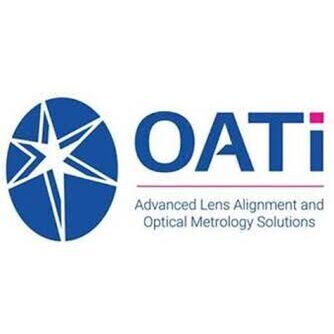
|
Download Members: $0.00 Non‑Members: $75.00 |
Buy Now |
Publication Details
| Published Date: | |
|---|---|
| Citation: | David H. Parker |
Abstract
A 154 page report by Moreu and LaFave in 2012 explains unique problems railroad bridge engineers must contend with. The gross weight of cars went from 200,000 pounds to 263,000 pounds in the 1970s, and to 286,000 pounds in 1991. The ratio of live to dead loads are much greater for railroads than highways. Dynamic forces due to such things as wheel hunting, rock and roll, locomotive tractive forces, and braking make it very desirable to measure motions in all three directions, i.e., longitudinal, transverse, and vertical directions—which is why a survey of railroad bridge engineers ranked measuring 3-D deflections under live loads as the top research interest. It will be argued that electronic distance measurement instruments are uniquely qualified to perform such measurements. This is a technology that is unfamiliar to the bridge industry, so a feasibility study is needed. The CSX Railroad Wilbur Bridge (http://bridgehunter.com/ny/ulster/wilbur-railroad/) is a 270-foot span Parker through truss bridge, built in 1903, which is still in revenue service, and representative of US railroad bridges. The age, design, size, and geography make it a good selection for the feasibility study. Plans are presented for nondestructive testing and structural health monitoring of the structure by electronic distance measurement instruments in a trilateration/multilateration architecture. Instrument bench mark locations and cardinal points on the structure are identified. Uncertainty analyses are conducted for least squares adjustments using the Preanalysis feature of MicroSurvey® STAR*NET software, which calculates the uncertainty of a prescribed measurement plan, based on entered instrument performance specifications. The study was conducted for various combinations of measured distances in trilateration/multilateration architectures for distance measurements between 84 and 383 meters. Results are presented for both laser tracker and total station class electronic distance measurement instruments. Uncertainties are calculated for measured 3-D coordinates in the absolute reference coordinate system (which are directly dependent on the group refractive index of air), for differential measurements between adjacent cardinal points on the bridge (which are less dependent on the group refractive index), and for differential dynamic and vibrational measurements of individual points (which are insensitive to the group refractive index). Results confirm that the resultant 3-D coordinate uncertainties make the measurement architecture attractive to railway bridge engineers for conducting static and dynamic load testing, and structural health monitoring.





